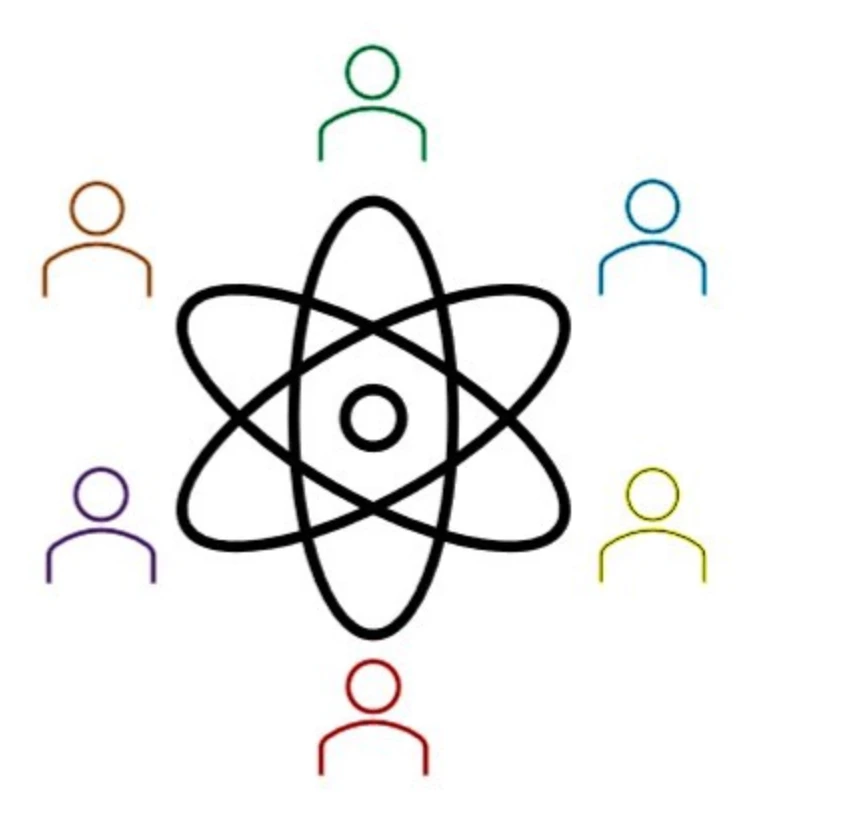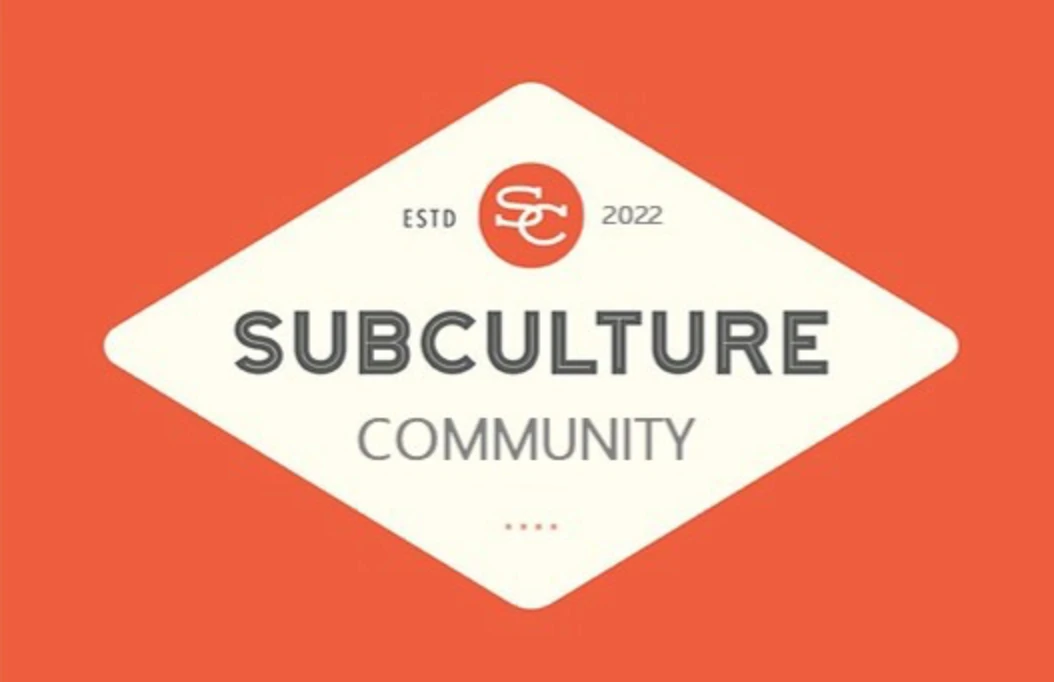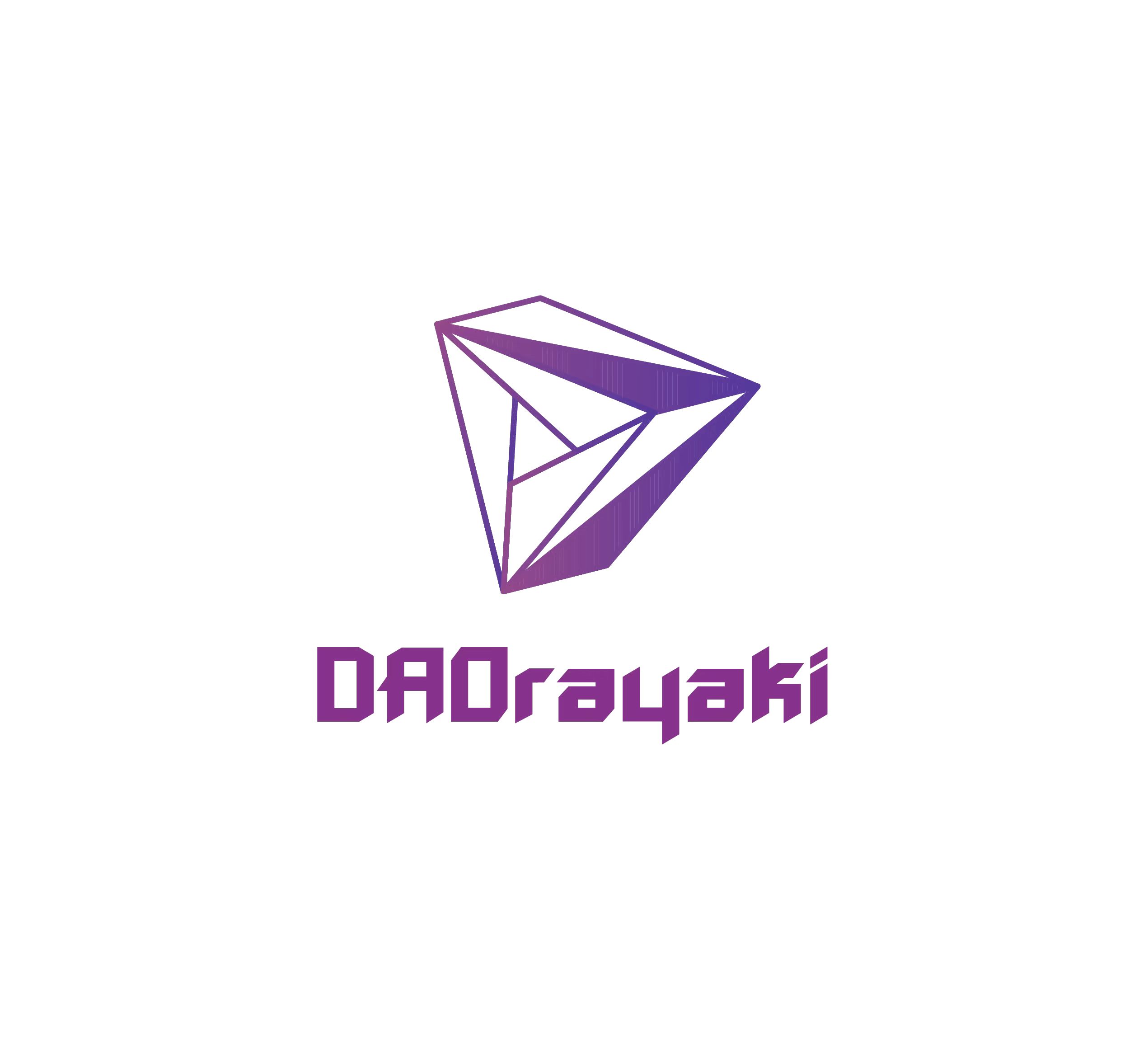Original Author: DocTom
Original title: Web3 — Community vs. Culture: a chickenegg debate
Community culture is the link between shared purpose and collective agency.

Community and Culture
It is impossible to have a thriving community without a strong and positive culture. But what comes first? The two are often confused for the same thing, yet they go hand in hand when it comes to building and maintaining a positive-sum flywheel dynamic, bringing like-minded people together to accomplish great things. Culture is the invisible bond that binds community members together and guides their collective actions.
Culture is not a set of words, but a set of actions. Culture is the sum total of values, beliefs, attitudes, expectations and customs that distinguish one group from another. Its about what you believe, how you behave, and what you achieve. Culture is shaped by the purposes and reasons for coming together, the rituals of these collective creations, the collective knowledge gained, the practices that develop together, and ultimately the outcomes and impacts that result.
A communitys cultural values serve as fundamental principles that influence the way community members communicate and cooperate with each other to achieve common goals. Culture is not static; it is passed from member to member through language, symbols, rituals and artifacts, and evolves as a community goes through the stages of its life cycle. During the community formation phase, a culture is initially shaped by the values and beliefs of its founders, leaders, and core team. Similar to building a minimum viable community as a foundation for growth, the same effort and validation needs to be directed toward achieving minimum viable cultural status.
If the community (purpose, values and beliefs) addresses the"Why", that is, rational reasons and emotional motivations to be together, then what culture resolves is"How to do it"image description

image description
Why Culture Eats Strategy — Napkin Math — Every
Build and maintain a strong community culture
As you form your community and shape its initial culture, start by defining your core values and beliefs. Building a communitys core values can set the tone for a communitys culture from day one. Without values, there is no culture.
Values obviously need to align with the reasons for the community: why you exist; what you and your members stand for. It all starts with recognizing and valuing the principle of reciprocity: a community needs to serve collective goals as well as its individual members motivations. A shared purpose and set of shared values are prerequisites for any community to thrive.
Clear goals and values will help you build and grow your community brand and story. Your community stories and supportive memes should engage and inspire potential and like-minded members.
By making it personal and relatable, the community claim and commitment becomes less of an advertisement and more of a conversation, inviting community members to contribute and make it their own.
However, the community narrative should also serve as a screening and filtering reference to attract and onboard the right members. By being clear about where you stand, and what the community is and isnt for, new members can self-assess their cultural and value fit. While new members can be allowed to explore freely before fully committing, sometimes adding a little positive friction as part of the onboarding process can help set expectations and ensure people join with the right mindset.
Norms of behavior and interaction are part of every communitys culture. It is a common onboarding practice to have new members acknowledge (and sign) your community rules and norms. In addition to the usual code of ethics, it can also be helpful to highlight community-specific expectations and standards that not only guide desired member behavior, but also contribute to the overall success and well-being of the community. Therefore, establishing Minimum Viable Expectations (MVE) will set the standard for how you want all members to participate, participate, and contribute.
Setting expectations is only half the job of onboarding. Creating a personal, welcoming onboarding experience and fostering a sense of belonging from the start is at least as important. Active communities foster a genuine sense of connection among members by providing numerous opportunities for networking within the community. Ensuring that new members get to know and interact with other members early on in their discovery journey will create the comfort they need to play a more active role in the community in the future.
Having a predictable community rhythm will also help create regular connection points for members to engage and interact. Establishing community rituals will provide members with recurring, expected reminders of engagement. They are usually performed on a weekly basis, but any regular, consistent and fairly frequent rhythm will have the desired effect: weekly digests, open roundtables, monthly meetups, seasonal goal setting... sticking to a seasonal rhythm is also a member A way to recommit to the purpose and culture of the community. Working seasonally and establishing a consistent cadence of departures and re-engagements helps to reacquaint yourself with what the community really represents and get members to sign up for the next season of work.
Its in all these recurring rituals that you start talking about your culture. Any values and norms that shape a communitys culture will be tested during these interactions. Ensure members feel heard by proactively engaging and empowering members through regular input, feedback and voting cycles. Through inclusivity, openness, transparency and respect, vital trust can be built along the way. Ceremonies are also the perfect occasion to publicly recognize and reward positive behavior and worthwhile contributions. While any value violations or misconduct need to be addressed promptly, it is best done privately and individually in a sensitive manner.
Finally, and most importantly, there needs to be enough room for the culture to evolve, with the community, through the community, and for the community. Although it should be"Why"(communitys vision and purpose) maintain strict guidance, but should leave enough room for the community to guide"how"and"What"image description

image description
Group Culture | Group Work (groupworksdeck.org)
brand subculture
In Life After Lifestyle, Tiby Shorin demonstrates that we are increasingly reaching an age where cultural production is valued in its own way (subjectively and financially). From an era where brands were designed to sell products and build loyalty and community around them, to an era where brands were designed to be culture, change lives, and instill faith. By reversing the order of product-market fit and putting community and culture first, the product becomes an adjunct to and support for the values, practices, and rituals that define the very nature of the community.
When communities evolve into branded subcultures with compelling narratives, shared values, and unique rituals, they become a force of gravity. Relationships and agency drive a flywheel that spins faster and faster, pulling existing members closer to the center while attracting like-minded new members to join. As a result, culture and community become their own asset class and a new moat for web3 brands and projects to grow in substance, traction and influence.
Subcultures become consumerized subcultures, made up of products. In the new cultural economy, culture is the product. Most importantly, people are now opting into these designed cultures, fully aware that these cultures may change their identities.










